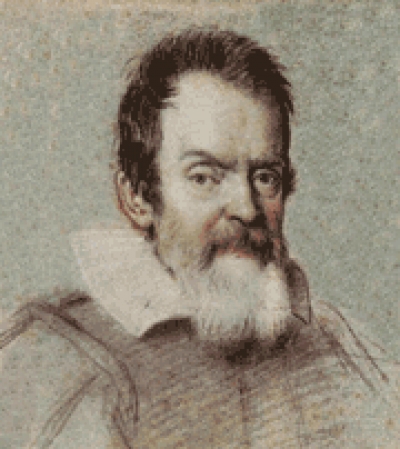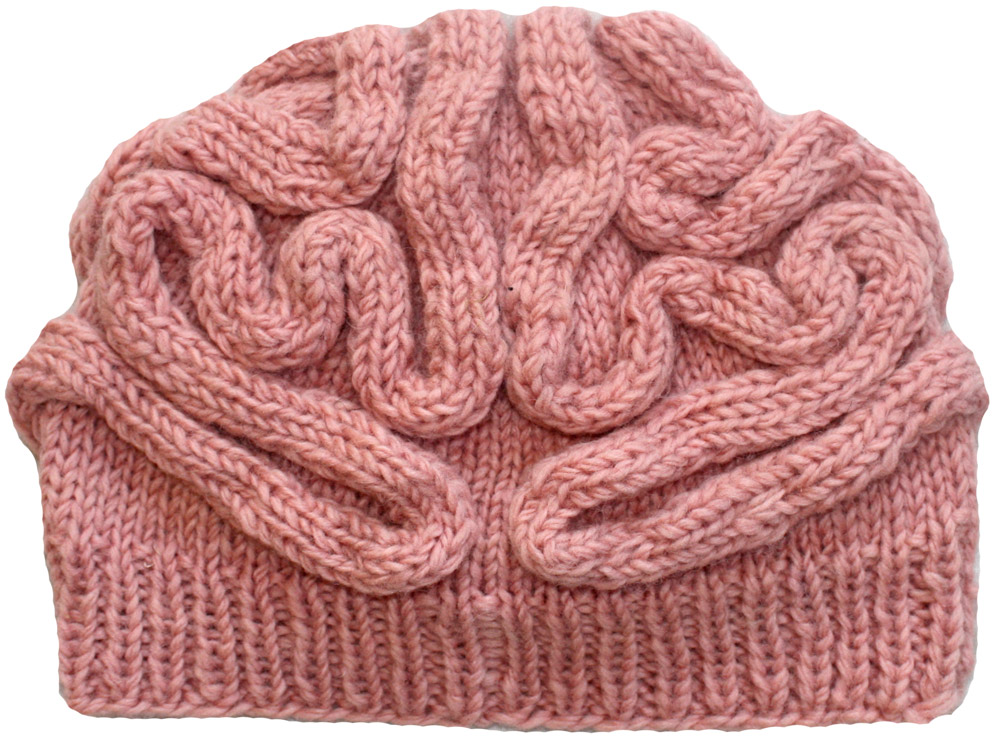Category: Post
Library content is labelled in admin pages as ‘Post’ under the ‘Category’ column

By Sanford (Sandy) Morganstein
February is an especially good time to think of the scientific method and its deep connection to truth. It’s also a good time to think about the relationship of science to the citizen’s role in emphasizing truth.
Charles Darwin was born on February 12, 1809. Galileo Galilei was also born in February (February 15, 1564). Whether or not you like the over-simplification of tagging Galileo as the “father of the scientific method,” you still might appreciate the view that Darwin is the intellectual godson of Galileo. Both Darwin and Galileo upset deeply held established views on the nature of, well, nature! Both suffered as a result…but, importantly, to differing degrees.
Continue reading “February and the Birth of Scientific Giants”

By Janet McMillan
Many within the scientific community have expressed fear that a March for Science, like the Woman’s March, will become divisively political, and widen divides between scientists and skeptics. This is a self-defeating perspective: this divide is wider then it has ever been, and will continue to widen regardless of whether scientists march. The benefits of speaking out far outweigh this potential damage: there is an overwhelming need to strengthen communication between scientists and the public, and the current political climate provides an opportunity for this conversation to happen in an unusually impactful way.
Continue reading “The March for Science: An Opportunity to Mobilize”
Since our conception as a species, humans have relied on plants for every aspect of our existence.
Plants provide us with shelter, food, medicine, and–given the increase of chocolate and champagne consumed this time of year–plants are often used “to set the mood.” From the age-old theory that the physical appearance of a plant signals the medicinal properties (think bananas) to the consequences of a world that was malnourished, learn why certain plants captured the imagination more than others. This presentation will also investigate the importance of plant biodiversity in our changing world: after all, variety is the spice of life, and we want to make sure there are plenty of plants in the forest! Just in time for Valentine’s Day…
Continue reading “Sexy Stems: Aphrodisiac Plants that Cause Love to Bloom”
Opening Day may seem far in the distant future, but that doesn’t stop us from counting down the days until pitchers and catchers report for the spring season, and for the official start of spring training.
But there is no better way to celebrate the Cubs’ World Series than taking a closer look at what happens on the ballfield: Why does Jon Lester’s curveball curve? How did David Ross handle all those fastballs? And what’s the quickest way for Dexter Fowler to run around the bases?
Continue reading “The Physics of Baseball: What Newton said to the Billygoat”
Dr. Herman Brenner White was the first African-American physicist hired by Fermi National Accelerator Laboratory. He is also the first African American to have a scientific equation bear his name; the Stefansky-White Model for Neutrino Production. For Black History Month, Chicago Council on Science and Technology Artist in Residence Aaron Freeman talks with Dr. White about the role of race in his journey from rural Tuskegee, Alabama to one of the world’s top physics facilities.